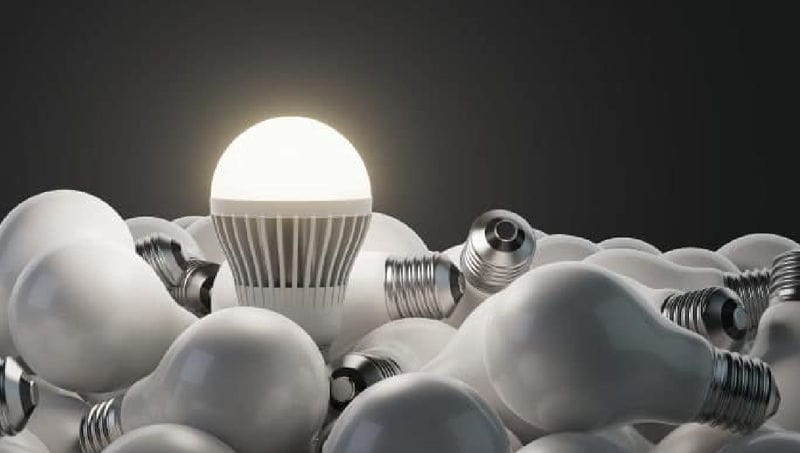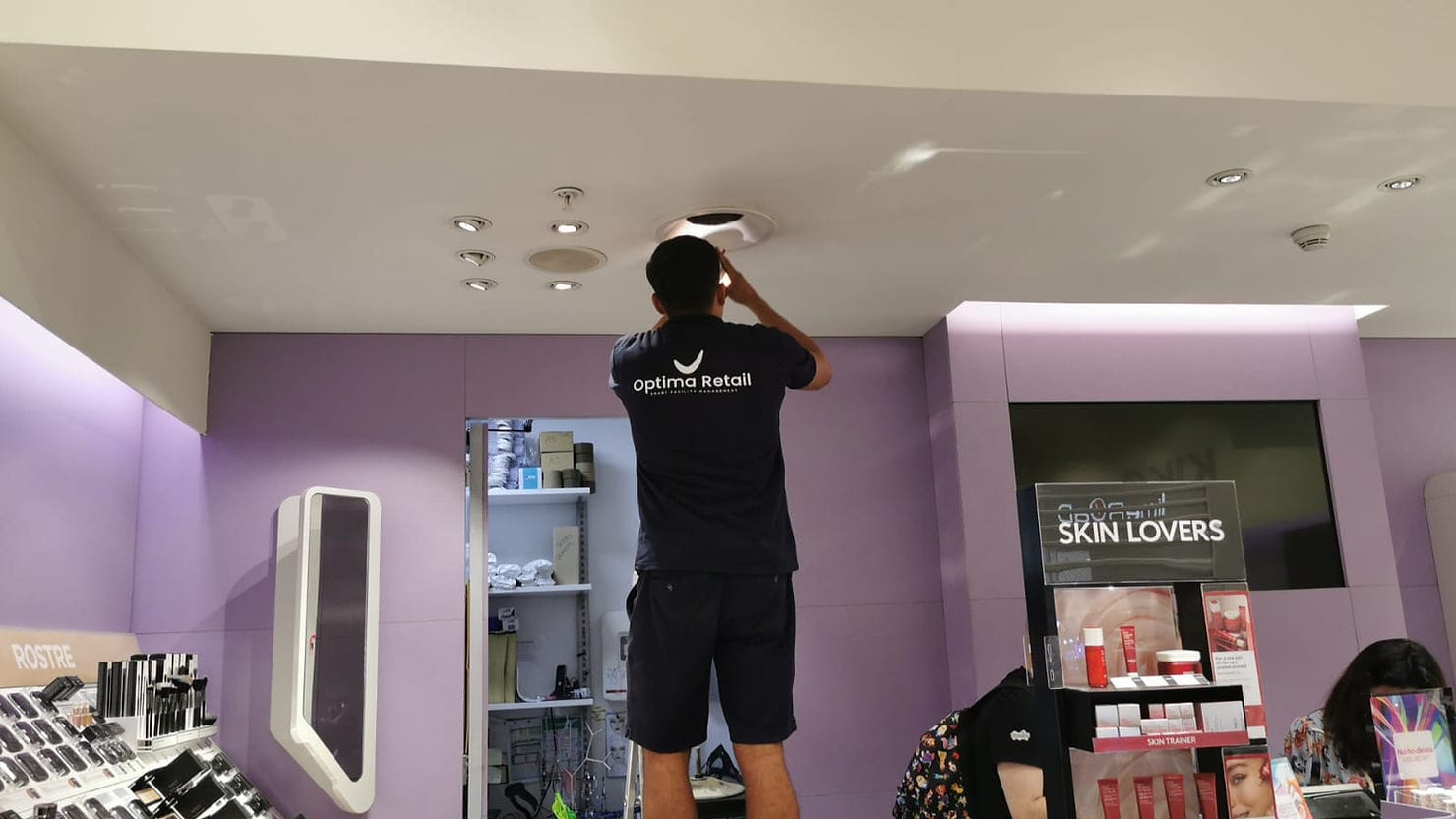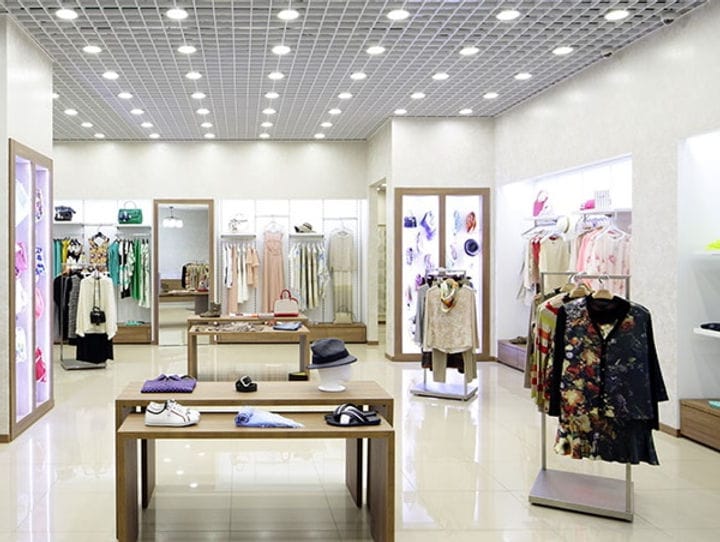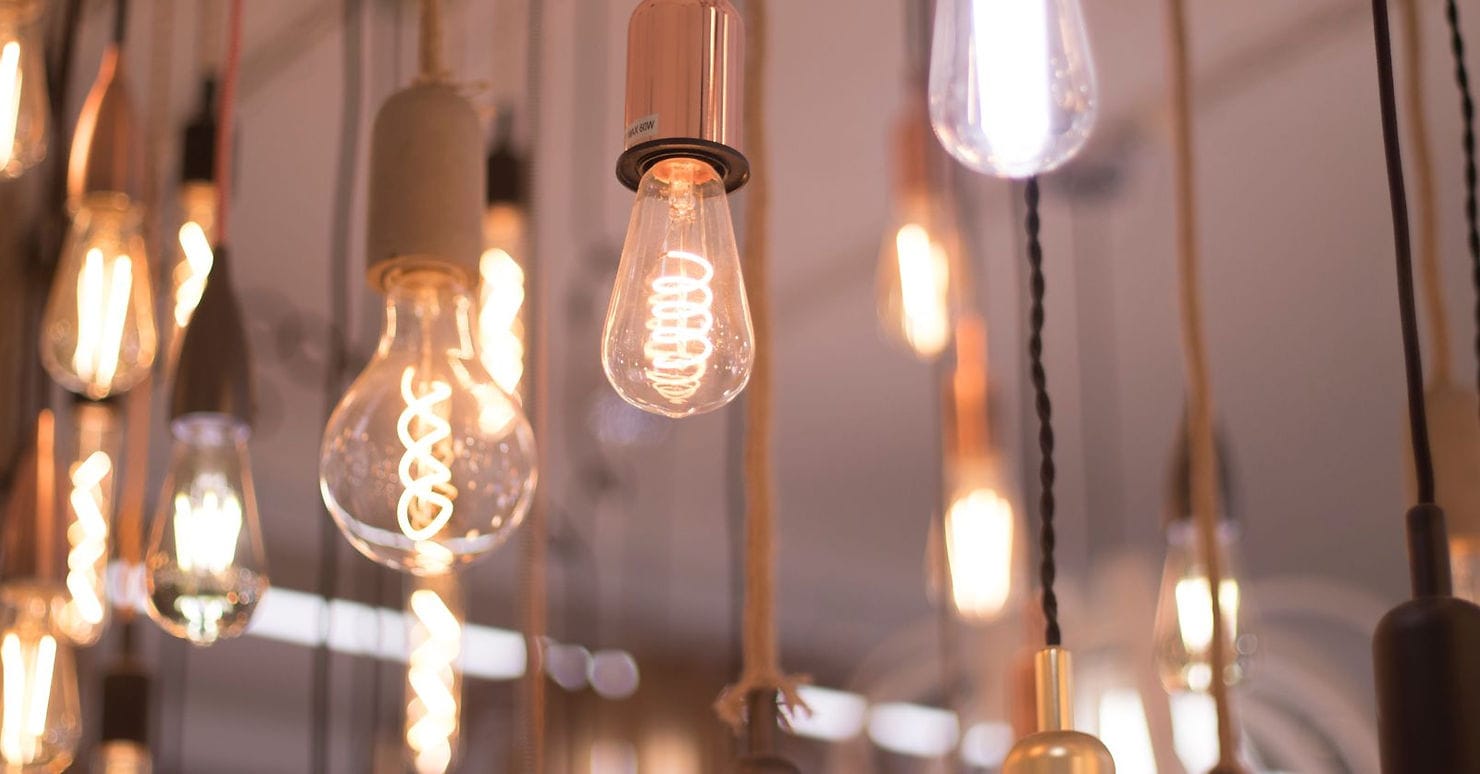Among the new advanced lighting technologies, LED lighting has become the most widely used form in homes and, of course, in workplaces and public places. This way of illuminating has significant advantages for all its users.
LEDs, or Light Emitting Diodes, are very small semiconductor devices emitting light when an electrical current is applied to them. With lower electricity consumption, they provide a very white and variable-intensity light.
When compared to traditional lighting, such as incandescent bulbs or fluorescent lamps, this technology offers a range of benefits: greater energy efficiency, a longer lifespan, and superior light quality.

That’s why more and more companies and organizations worldwide are transitioning to LED lighting as part of their programs to reduce their carbon footprint and save on energy costs.
In this context, it is important to consider the different LED lighting technologies and how they can best fit the specific needs of each environment, in addition to being a step further in environmental care.
Retrofit: LED Lighting Technology Change
Lighting retrofit refers to the change in technology in existing lighting by switching to LED lights without the need for radical structural changes in the lighting infrastructure.
The goal is to leverage the advantages of LED technology in lighting without having to completely replace the existing system. LED technology positively impacts carbon footprint reduction and is a clear cost-saving measure.
It has been estimated that lighting accounts for 10% of residential energy expenditure and up to 13% of the total average electricity spending. Therefore, the transition to LED technology has resulted in a substantial reduction in energy spending with its consequent benefits.
Tips for Switching to LED Lighting Systems
The process of switching to LED lights requires some important considerations to avoid future inconveniences or unwanted spatial modifications. Here are some suggestions that can save you time and money.

Control the Beam Angle
With LED technology, optical control is quite straightforward. However, if luminaire projection is not planned deliberately, it can fail to illuminate certain spaces, even with the same luminous flux as its incandescent counterpart.
Determine Luminous Flux Correctly
When using incandescent or fluorescent bulbs, importance is generally based on their wattage. LED bulbs come with complete information. You can check the watts to ensure a seamless replacement.
Dimmers for LED Technology
If you need dimmable lights, it is essential to choose LED technology that is compatible with this feature. This is because many LED luminaires cannot be dimmed with a standard dimmer. There are many models on the market that do have this capability.
Keep in mind that using the wrong bulbs with a dimmer can lead to flickering or ghosting issues, so it’s best to seek advice or conduct the necessary tests.
luminaire Size
At first glance, LED bulbs may appear similar to traditional ones. However, LED bulbs are usually white, while incandescent bulbs are mostly translucent. Size and shape also vary.
The most important consideration here is how they will be used. Larger retail stores often use them outside of fixtures or screens, incorporating them into the decoration.
Different models
When switching to LED lighting, there may be some inconveniences because, often, the new bulbs do not fit into the existing bases. Sometimes it will be necessary to replace the socket or the entire luminaire.

9 Advantages of Switching to LED Lighting Technology
The shift to LED lighting technology offers a range of benefits, such as:
1. Long Lifespan
With proper care, LED fixtures can provide up to 50,000 hours of service life.
2. Reduced Maintenance
LED bulbs do not burn out; they are replaced when their light output drops below 70% of the original.
3. higher Energy Efficiency:
LED technology consumes less energy compared to traditional incandescent or fluorescent lighting, resulting in significant energy cost savings.

4. Wide Color Range
LEDs come in a variety of colors and a range of white tones, from 2,700K to 8,000K, allowing for versatile lighting options.
5. Instant On
LED lights start instantly, unlike incandescent bulbs, and are not affected by frequent on/off cycles
6. Durability
LED systems are robust and resistant to vibrations and other factors that can damage traditional bulbs.
7. Directional Light
LED lights emit light directionally, minimizing light loss and maximizing efficiency.
8. Reduced Carbon Footprint
Switching to LED lighting is environmentally friendly and reduces the environmental impact of lighting.
9. Visible Light Spectrum
LED technology emits light within the visible spectrum, avoiding infrared or ultraviolet emissions, making it suitable for items that can degrade due to inadequate lighting.


